Learn how to monetize a podcast using your website in 6 easy steps; build a sustainable business, and turn listeners into loyal supporters.
Contents
Wondering how to monetize a podcast beyond simply recording and uploading episodes each week?
Well, we’ve got something for you. If you’ve been consistently putting out episodes, building an audience, and engaging with listeners, it’s natural to start thinking about how your show could bring in revenue.
Many podcasters look for sponsorships or third-party platforms, but one of the most effective, and often overlooked, ways to earn is through your own website.
Your website can be more than a spot to post episodes. It can be the place where loyal listeners get something special. And in this guide, we’ll walk you through the simple steps to turn your website into a monetization engine for a podcast, all while keeping complete control over your content, audience, and income.
Let’s get started.
Why Are Podcasts So Popular
Podcasts have become one of the most popular ways to consume content, largely because they seamlessly integrate into everyday life. People can listen on the go, during commutes, workouts, chores, or even while relaxing at home. Unlike video or written content, podcasts don’t demand full attention, which makes them a flexible way to learn, stay entertained, or discover new perspectives without interrupting the day.
Another reason for their rise is the sheer variety they offer. There’s a podcast for nearly every interest: true crime, business, wellness, comedy, storytelling, and beyond. Listeners aren’t tied to fixed schedules or limited programming. Instead, they can choose exactly what they want to hear and play it at a time that works for them. Add in the personal touch of hearing a host’s voice week after week, and podcasts feel more like a conversation than traditional media. That sense of connection is what keeps audiences loyal and coming back for more.
Why Creators Are Turning to Podcasts
For many creators, podcasts have become one of the most effective ways to share ideas and build an audience. Unlike short-form posts or static articles, a podcast enables more extended conversations, deeper storytelling, and an opportunity to showcase personality in a way that feels authentic. The simple act of hearing someone’s voice creates a stronger connection, helping listeners feel like they genuinely know the host.
Another reason creators are drawn to podcasting is its flexibility. An episode can be as short or as long as necessary, and the format can shift easily, ranging from solo storytelling to interviews or roundtable discussions. There are fewer restrictions compared to other platforms, which makes it easier to experiment with content and stay creative.
And because starting a podcast requires only basic tools, such as a microphone and editing software, it’s one of the most accessible ways to reach a global audience while maintaining full ownership of your work.
Common Ways to Monetize a Podcast (and Their Limits)
When podcasters first think about earning money, three options usually come to mind: ads, sponsorships, and third-party platforms. Each can work, but they also come with drawbacks that make it hard to rely on them as your main income stream.
- Advertising: One of the first monetization methods podcasters usually try is running ads within their episodes, either at the beginning, middle, or end. It’s a familiar model, but the earnings depend heavily on your download numbers. Unless your podcast already attracts a very large audience, the income from ads often feels minimal compared to the time and effort it takes to produce your show.
- Sponsorships: Another common path to monetization is partnering with brands that want access to your audience. Sponsorships can yield higher returns than traditional ads, but they often come with specific conditions. A sponsor may ask you to stick to approved talking points, avoid specific subjects, or adjust the way you deliver your content. And because sponsorship deals can change or end without much notice, the income they provide isn’t always steady or reliable.
- Third-Party Platforms: Some podcasters turn to subscription platforms that let them charge for extras like bonus content or ad-free listening. These services are easy to set up and can help you get started quickly, but they come with trade-offs. Most take a percentage of your earnings and place limits on how you deliver your content. Over time, this means giving up a degree of ownership and flexibility in exchange for convenience.
These approaches are not bad; many podcasters use them successfully. However, they all place some control in someone else’s hands, whether it’s advertisers, sponsors, or platforms. If you want stable income, creative freedom, and a direct relationship with your audience, you’ll need an option that keeps everything under your control. That’s where your website comes in.
Why Your Website is the Best Place to Monetize a Podcast
So far, we’ve looked at the common monetization options and their limitations. Now it’s time to focus on what makes your website different. Unlike other channels, your site isn’t just another outlet for episodes; it can become the foundation of your podcast business.
In this section, we’ll explore all that you can do with your website as a podcaster, and how using your website to host memberships, perks, and premium content creates new opportunities to earn and build stronger connections with your audience.
Control Over Revenue and Content
The most important aspect of monetizing through your website is being in charge of what you share and how your podcast earns money. You get to keep a larger share of your income, you decide your pricing, choose payment options, and determine which parts of your content are offered as premium.
There’s no need to split revenue with advertisers or work within the limits of a third-party platform’s rates and rules.
This control also applies to the content itself. You choose what your audience can access, how it’s delivered, and when it’s released. Whether you want to share early access to episodes, create bonus interviews, or bundle perks into different membership levels, every decision is yours.
Managing everything under your brand ensures your creative freedom stays intact while building a monetization system that reflects your values and strengthens your connection with listeners.
Build a Loyal Audience You Own (Not the Platform)
When your audience only engages with your podcast through a streaming app, you don’t truly control the connection. The platform determines how your show is presented, gathers listener data that you may never see, and decides how easily you can reach your audience outside the app. This can make it harder to build long-term loyalty or encourage deeper involvement with your content.
Bringing your listeners to your own website changes that. You can collect email addresses, share exclusive content, and communicate with them directly, without relying on algorithms or third-party policies.
Over time, this direct access fosters a stronger sense of community, making your audience feel part of something more than just a show. It also provides stability; your relationship with your listeners remains intact, even if a platform changes its rules, reduces visibility, or shuts down entirely.
Opportunity to Bundle and Upsell Content
Bundling involves packaging several pieces of content together into a single offer, while upselling encourages members to upgrade from a basic option to a higher-value one. Both approaches are common in the membership community, and they work exceptionally well for podcasters looking to increase revenue.
Instead of offering premium podcast episodes on their own, you can bundle them with extras, such as transcripts, behind-the-scenes videos, or access to a private community.
This provides listeners with more value and makes your membership feel more valuable. From there, it’s easy to create tiers: a lower-cost level for ad-free episodes and a higher tier with live Q&A sessions, exclusive interviews, or special event invites.
Diversify Income Beyond Ads
Advertising can be a helpful revenue stream, but it comes with built-in uncertainty. Rates shift, sponsors rotate, and earnings often hinge on download numbers that may take years to grow. For many podcasters, this means working hard without a consistent return.
By monetizing through your own website, you can create additional income streams that aren’t tied to advertisers. Memberships, digital products, workshops, and event tickets can all be offered directly to your audience, giving you more control and stability. Instead of relying on external factors, your revenue comes from the people who already value your content – allowing you to focus on serving them, not meeting ad requirements.
Create a Central Hub for Your Brand
While your podcast may be the primary way people discover you, it’s often just the starting point. Listeners might also follow you on social media, read your articles, watch your videos, or use your resources, but without a single place to bring it all together, those touchpoints can feel scattered.
A dedicated website serves as that gathering place. It houses everything you create – episodes, videos, blog posts, downloadable resources, and products – in one easy-to-navigate space. This helps your audience explore more of what you offer, and it also strengthens your brand identity.
Visitors see your podcast as part of a larger vision, which can inspire them to spend more time with your content, join your community, and invest in the premium experiences you make available.
6 Easy Steps to Monetize a Podcast Using Your Website
Now that you know what your website can do for your podcast business, how then can you take advantage of this opportunity? In the steps below, we’ll cover how to choose a monetization model, set up the tools you need, create valuable offers, and connect everything to a smooth payment and delivery system.
Each step builds on the last, helping you create a sustainable revenue stream that grows alongside your podcast.
Step 1 – Create a Central Podcast Hub on Your Site
The first step to monetizing your podcast through your website is to give it a dedicated home. A central podcast hub acts as your show’s headquarters, a single page where listeners can easily find episodes, show notes, transcripts, and bonus resources. Keep it visually aligned with your brand and easy to navigate so visitors immediately know where to listen, subscribe, or explore more. Here is an example podcast hub page by popular podcaster Jay Shetty.
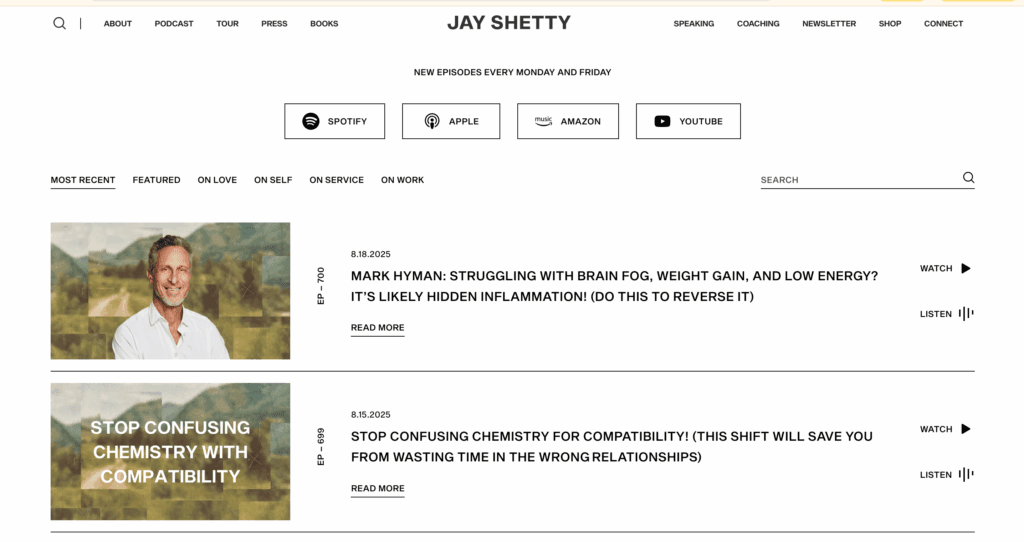
Your hub can also highlight the premium experiences you plan to offer – such as bonus episodes, early access, or member-only content – so regular listeners know there’s more to explore.
Step 2 – Offer Exclusive Member-Only Episodes
A proven way to encourage listeners to support your podcast financially is by giving them access to content they can’t get anywhere else. These member-only episodes could be extended versions of regular shows, bonus interviews, behind-the-scenes conversations, or in-depth explorations of topics your audience cares about most. The goal is to make this content feel like a genuine perk for being part of your inner circle.
By hosting these episodes in a members-only area of your website, you ensure they’re both easy for supporters to access and clearly set apart from your public content. This exclusivity adds value to your membership and gives regular listeners a strong incentive to join.
Step 3 – Add Perks Through Tiered Memberships
Tiered memberships enable you to convert different levels of listener interest into a reliable income stream. Instead of a flat membership where everyone pays the same and gets the same perks, you can create layers of value at different price points. This way, you’re not leaving money on the table from fans who are willing to pay more for greater access.
On your website, this could look like:
- Basic tier – affordable entry point with ad-free episodes or early access.
- Mid-tier – includes bonus episodes, extended interviews, or downloadable transcripts.
- Premium tier – adds high-value perks like live Q&A sessions, behind-the-scenes updates, or special community access.
By giving listeners the freedom to choose, you open multiple revenue streams. Some will happily pay for a low-cost option, while your most dedicated supporters can invest in higher tiers. Over time, many listeners naturally upgrade as they see the added value, turning your podcast into a scalable, recurring source of income.
Step 4 – Integrate Secure Payment Gateways
For your monetization system to work smoothly, listeners need a simple and secure way to pay for memberships or premium content. Integrating trusted payment gateways, such as Stripe or PayPal, ensures that transactions are safe, fast, and convenient for your audience. A seamless checkout experience reduces friction, making it more likely that interested visitors will complete their purchase.
It’s also essential to offer multiple payment options so supporters can choose the method that works best for them. Whether it’s a one-time payment, a monthly subscription, or an annual plan, flexibility in payment methods can make joining easier and more appealing for a wider range of listeners.
Step 5 – Automate Onboarding and Engagement
Once a listener becomes a paying member, the experience they have in the first few days can shape how long they stay. Automating your onboarding process ensures every new member gets a warm welcome, clear instructions on accessing their perks, and a smooth introduction to your community.
This could include a welcome email series, links to member-only content, and tips for getting the most out of their subscription.
Automation can also help you maintain ongoing engagement without adding to your workload. Scheduled updates, reminders about new content, and personalized messages based on member activity can keep supporters connected and excited to remain part of your audience, turning one-time sign-ups into long-term fans.
Step 6 – Promote and Grow Your Monetized Podcast
Even the best membership offers need consistent promotion to attract new supporters. Make a habit of mentioning your premium content or membership tiers in every episode, highlighting the specific benefits listeners will enjoy. You can also use your website, email list, and social media channels to share teasers, testimonials, or previews that spark curiosity and encourage sign-ups.
Another way to promote your podcast is by giving your audience a visual experience in addition to audio. Video podcasts are especially popular on YouTube, where people enjoy not just listening, but also seeing the host’s expressions, setup, and interactions. Recording a video version of your podcast, whether it’s a full episode or short highlight clips, allows you to connect with your audience on a deeper level. It also makes your content accessible to people who prefer watching over listening, giving you the chance to reach a wider audience across multiple platforms.
Growth comes from both attracting new listeners and nurturing the ones you already have. Collaborating with other podcasters, guest appearing on related shows, or creating shareable bonus clips can help you reach fresh audiences. At the same time, maintaining regular communication with current members keeps them engaged and more likely to renew.
How WishList Member Can Help You Monetize Your Podcast
Managing memberships, protecting premium content, and delivering perks to the right people can feel overwhelming without the right tools. WishList Member was built to make this process simpler. As a WordPress plugin, it gives you everything you need to create a secure members-only area, manage different subscription levels, and provide a smooth experience for your audience from sign-up to content delivery.
In the next section, we’ll look at the key features that make WishList Member an ideal choice for podcasters, helping you keep your content organized, your members happy, and your revenue flowing.
Keep Your Premium Episodes Exclusive
Remember how we talked about offering exclusive bonus episodes or behind-the-scenes content to your members? One of the easiest ways to manage that is with WishList Member’s content protection feature.
It allows you to lock specific posts, pages, or even entire sections of your site so that only paying members can access them. This ensures your premium content stays exclusive and gives your audience a real reason to upgrade from casual listeners to committed supporters.
You can also use the Pay-Per-Post option to sell single episodes or mini-series without requiring a full membership. This way, casual listeners can purchase what interests them most, while your most dedicated fans have even more reasons to stay connected to your content.
Give Listeners More Choices with Membership Levels
A single membership option can feel limiting, but multiple levels let you appeal to different types of listeners while opening up new ways to earn. The key is being able to set up and manage those levels without extra hassle, and that’s exactly what WishList Member makes simple.
You can create unlimited membership levels, each with its own pricing, perks, and access rules. Want a low-cost tier with ad-free listening? Done. Need a higher-level tier that unlocks bonus episodes, transcripts, or live Q&As? Easy to set up. You’re free to design as many levels as you need and adjust them anytime. That flexibility means you can experiment with offers, respond to what your audience values most, and keep growing your podcast revenue.
Offer Free Trials to Convert More Listeners
Giving potential members a chance to experience your premium content before committing can be a powerful way to grow your subscriber base. A free trial removes the risk for listeners, letting them explore exclusive episodes, bonus materials, or community features firsthand. Once they’ve seen the value you provide, they’re far more likely to sign up for a paid membership and stay subscribed.
WishList Member makes this easy by allowing you to set up free trials for any membership level. You can choose how long the trial lasts, which content it unlocks, and whether payment details are collected upfront. This flexibility means you can design a trial that works for your podcast’s style and audience, turning curious listeners into committed supporters.
Accept Payments Your Listeners Already Use
Nothing stops a new subscriber faster than a payment option they don’t trust or can’t easily use. The smoother the checkout experience, the more likely your listeners are to follow through and support your podcast. Offering familiar choices – like PayPal, Stripe, or other regional providers – removes friction and builds confidence that their subscription is safe and reliable.
WishList Member connects with over 50 different payment providers, giving you the flexibility to meet your audience where they are. You can set up recurring billing for steady monthly or yearly income, or offer one-time payments for special packages and events. With so many options, your membership stays accessible to more people while ensuring you receive consistent, predictable revenue.
Onboard Members Easily
When someone chooses to support your podcast, the best thing you can give them is a smooth start that makes them feel welcomed and right at home. With WishList Member, you can automate the entire onboarding process so every new member feels welcomed and knows exactly where to begin. Instead of manually sending emails or granting access, WLM takes care of it for you.
The moment someone joins, they can automatically receive a welcome email, instant access to exclusive episodes, and clear instructions on how to enjoy their benefits. You can even set up a step-by-step introduction, like directing them to your private community, showing them how to download bonus content, or offering a “getting started” guide.
Save Time and Keep Members Engaged Automatically
Staying in touch with your members is essential for keeping them subscribed, but doing it all manually can be overwhelming. Automated emails let you welcome new members, remind them of upcoming content, and re-engage those who haven’t logged in for a while, without taking time away from creating your podcast. This consistent communication builds trust, strengthens loyalty, and helps prevent cancellations.
WishList Member connects with tools like Fluent CRM and other popular email CRMs, so you can set up personalized member journeys that run on their own. You can trigger emails based on specific actions – such as joining, upgrading, or reaching the end of a trial – and even connect members to other platforms you use. The result is a smoother, more professional experience for your listeners and more time for you to focus on your show.
Conclusion
As you can see, there are so many opportunities when you choose to monetize your podcast through your website. From offering exclusive episodes and flexible membership levels to bundling perks and accepting payments your listeners already trust, your site can become the central place where your audience supports you directly.
To bring all these features to life and start transforming your website into the true home of your podcast business, your first step is to get WishList Member. With it, you’ll have everything in one place – episodes, memberships, payments, and community engagement. Your podcast is already making an impact – now it’s time to turn that impact into a thriving, sustainable community that supports you for the long run.
If you have any questions or want to share some additional information on how to monetize a podcast using your website, leave a comment below, and let's discuss.
Enjoyed this article? Follow us on Twitter, Facebook, YouTube, and LinkedIn. Plus, get notified about feature updates, upgrades, and more when you subscribe to our newsletter!
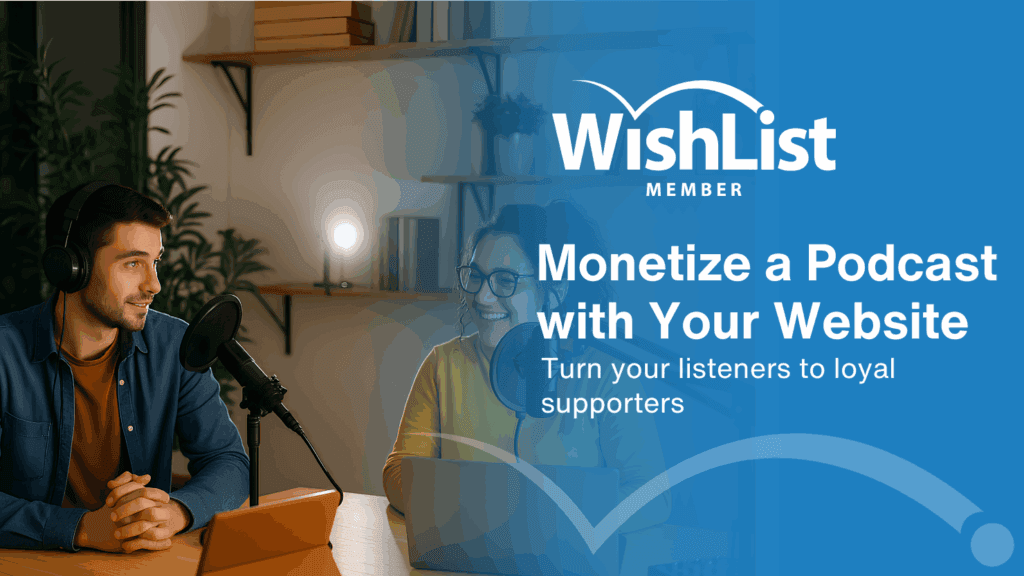

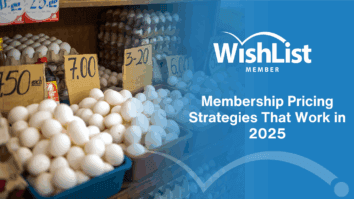

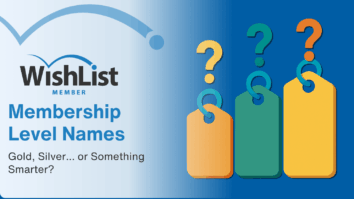
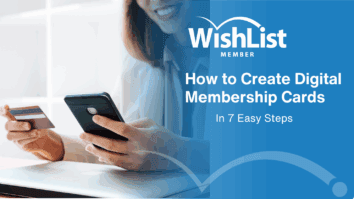
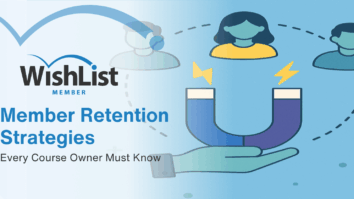
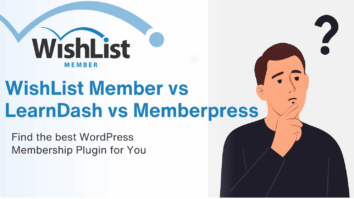
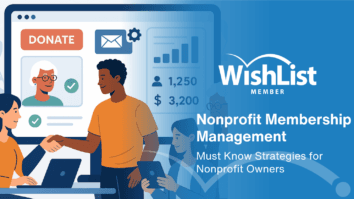
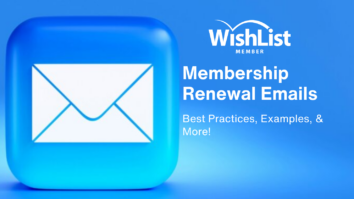
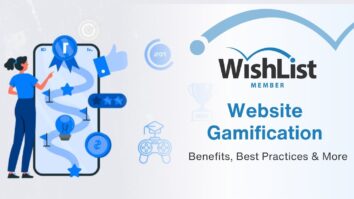

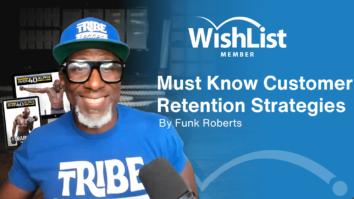
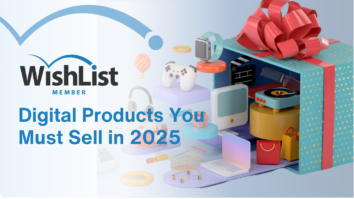
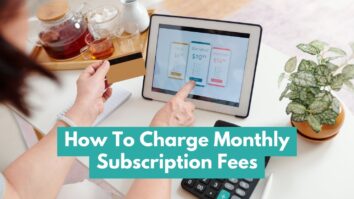

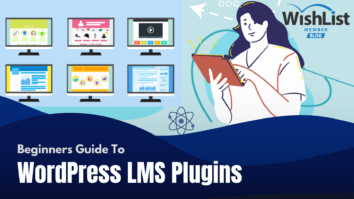


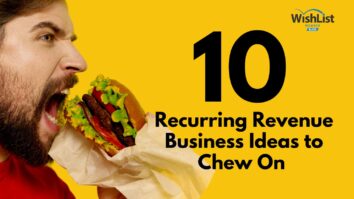



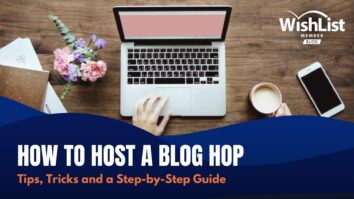

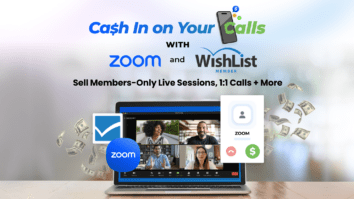

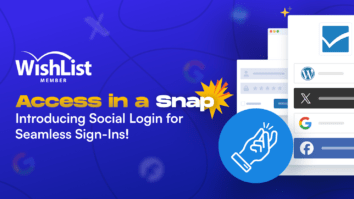
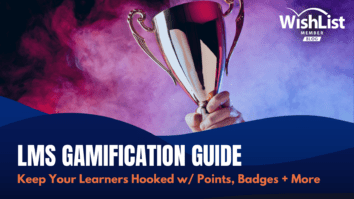



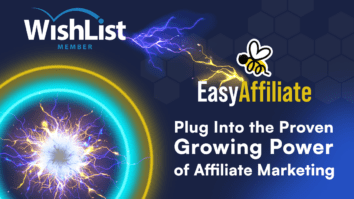
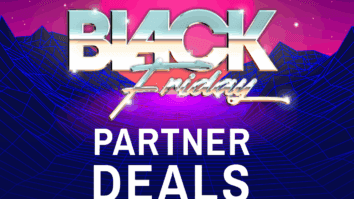

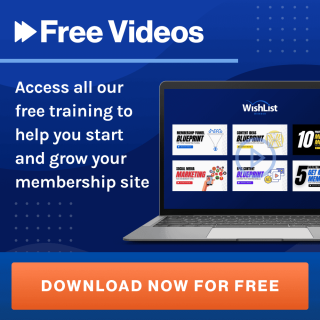



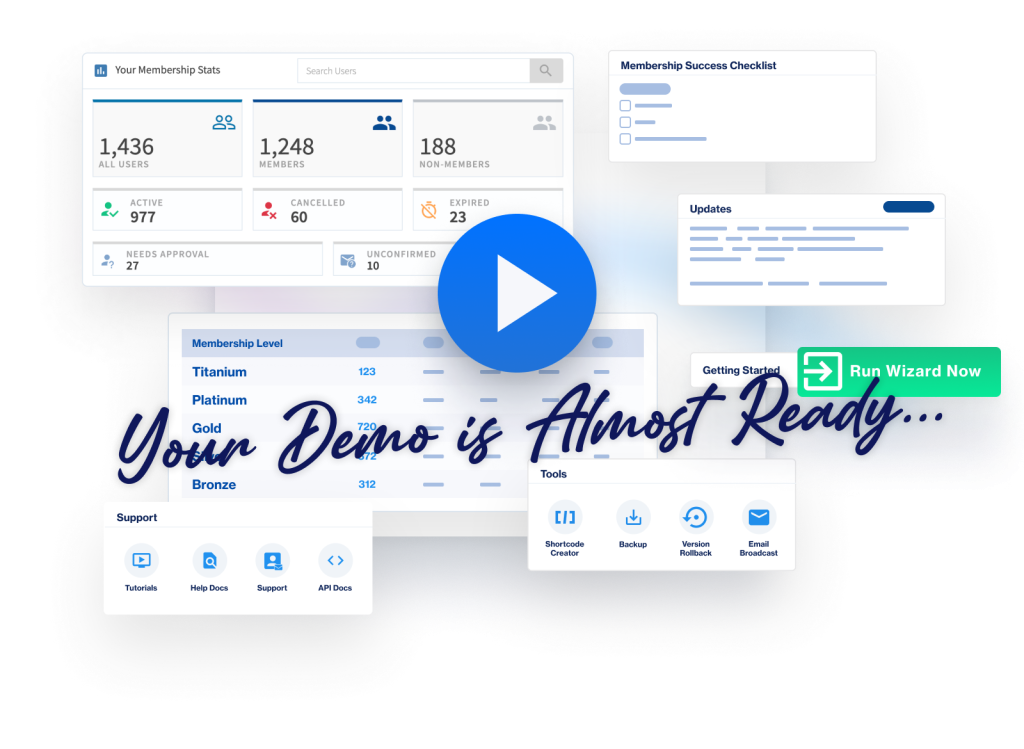
This Post Has 2 Comments
Nice practical guide — clear steps. Quick question: for small podcasts with a modest audience, which step tends to give the fastest revenue lift — tiered memberships, exclusive episodes, or bundling upsells? Also, any tips for testing pricing without upsetting early listeners?
Thanks for the thoughtful question, Caius! For smaller podcasts, offering exclusive episodes often delivers the quickest lift because it adds immediate value without restructuring your whole setup. Tiered memberships and bundled upsells can work great too, but they usually take a bit more time to plan and communicate. When testing pricing, try giving your early listeners a “founders rate” that stays the same for them while new listeners see the updated pricing. This keeps loyalty intact and lets you experiment without causing frustration.